The number of registered
animals is growing every day
Published: Oct 27, 2019
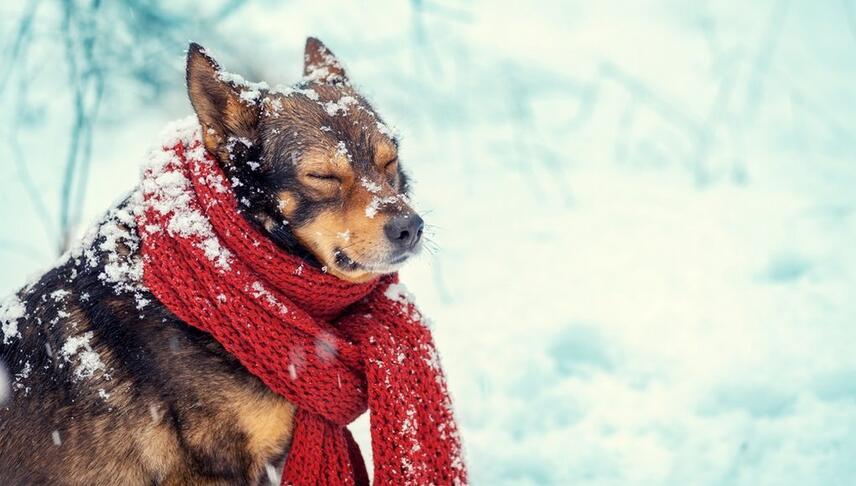
Winter brings with it many problems, both for dogs themselves and their owners, who want what is best for their pets and proper dog winter protection.
Winter brings with it many problems, both for dogs themselves and their owners, who want what is best for their pets. We are often faced with a dilemma – putting on a dog jacket and being laughed at by ignorant people, or risking an upper respiratory tract infection, and when we pass by farm buildings and detached houses, we often witness leashed animals engaged in a sad struggle to find a place which offers at least a little warmth and protection from the cold. Here are some common sense tips on how to make winter a happy and comfortable time for your dog.
The first issue we need to tackle in terms of dog winter protection is reducing the difference in temperature between the house and the outdoors, as rapid temperature changes during dog winter may lead to hypothermia and infections. To prevent this, try not to overheat your house and place your dog's bed far from any heat sources (radiators, fireplace) while also avoiding exposing your pet to drafts and the cold seeping in under the door, which is an important element of everyday dog winter protection. You can observe your dog to find out if it is cold when it is asleep during dog winter. If your dog is always curled up when it sleeps (never sleeping on its side or stretching), it is likely that it is experiencing some discomfort related to low temperature. A dog never really falls asleep in this state – it is only napping and not truly resting because of the cold, which negatively affects its comfort during dog winter.
Keeping a medium temperature in the room where your dog sleeps also stimulates the growth of its undercoat, which is a key natural element of dog winter protection; if the temperature is too high, the dog's body receives a signal that it is too hot to wear a winter coat, reducing its natural adaptation to dog winter conditions.
You should also gradually acclimate your dog to decreasing temperatures as part of responsible dog winter protection; hold off on putting on a jacket to stimulate faster undercoat growth, which is a natural insulation layer, and to strengthen the dog's immune system during dog winter. When exactly your dog should start wearing a jacket primarily depends on the type of coat it has. If your dog's coat is sparse or it does not have an undercoat, it will be much more vulnerable to lower temperatures and will require an additional layer even when it is only a few degrees Celsius below zero, making proper dog winter protection essential. In general, the thicker the undercoat, the lower the temperature a dog can withstand. Also, older dogs, whose immune system is weaker, are more vulnerable than young and healthy animals during dog winter.
When choosing a dog jacket, pick one which is functional and not only pretty, as clothing plays an important role in effective dog winter protection. A dog jacket should protect the animal from moisture and wind, and prevent heat loss with the help of a polar fleece lining, for example, especially during harsh dog winter walks. We do not recommend using wool sweaters as they easily soak up moisture from melting snow, completely negating their purpose. How you put on the jacket is also important – the less invasive it is, the better your dog will tolerate it, which directly affects the success of dog winter protection.
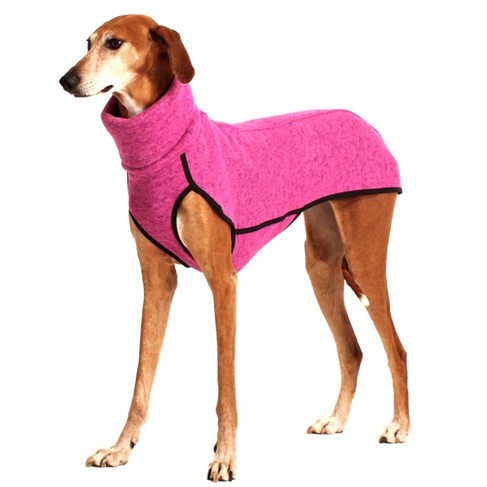
Another important aspect is that your dog's paws may grow cold during walks, as well as being affected by the salt compounds used for clearing snow, which irritate the pads and can often lead to painful inflammations, cracks and wounds. If you notice alarming changes in the paws or that your pet is raising them to avoid touching the ground, consider using dog boots, which are currently a widely available product – just make sure that the soles have anti-slip properties. However, due to the discomfort associated with wearing them, boots should only be worn by animals whose paws or claws are wounded, or by animals which are particularly vulnerable to cold temperatures.
If this does not apply to your dog, it is enough to use a special salve before every walk, which serves as a protective layer that can be washed off after returning home to get rid of any salt – remember to dry their paws after washing.
Another important matter you should pay attention to on a walk is not allowing your dog to eat snow. The significant temperature difference may cause an inflammation of the throat and an infection.
You should also avoid using metal collars and chains as they can become very cold around your dog's neck.
Also, remember to adjust the time spent outdoors to the weather and your pet's resilience.
what to feed dogs in winterWinter is not a good time for a weight loss diet. This is especially true for dogs which spend entire days outdoors and live in pens or kennels. An additional layer of fat provides great insulation, and calorie-dense meals are necessary to produce the heat needed by the body to function. In addition to increasing the amount of calories by adding oils or meat, it is also recommended that your dog receives a warm meal every day. If your dog only eats dry food, it is a good idea to soak it in warm water or broth. It is recommended to add more immunity-inducing vitamins and minerals to your dog's meals, as well as feeding it food that facilitates the growth of hair, which is a natural barrier against cold. It is also necessary to ensure that your dog has access to fresh water – paradoxically, many dogs die from dehydration during winter months as the water in their bowl simply freezes.
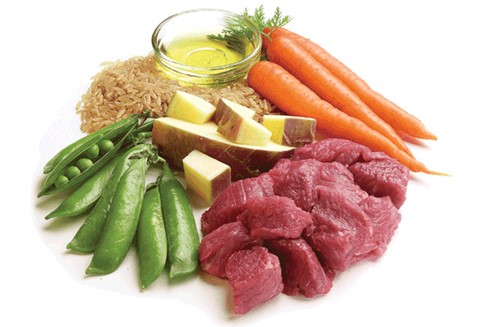
Dogs which live outdoors are undoubtedly hit the hardest by winter. Make sure that their kennel is properly insulated using special construction materials, and ensure that the roof does not leak. The best bedding materials for dogs are straw and an insulation mattress; textiles such as blankets and polar fleece tend to quickly absorb moisture, and may even freeze in low temperatures as a result, rendering them ineffective. Remember that a dog needs a lot of space to satisfy its need for exercise and to be able to naturally produce enough body heat.
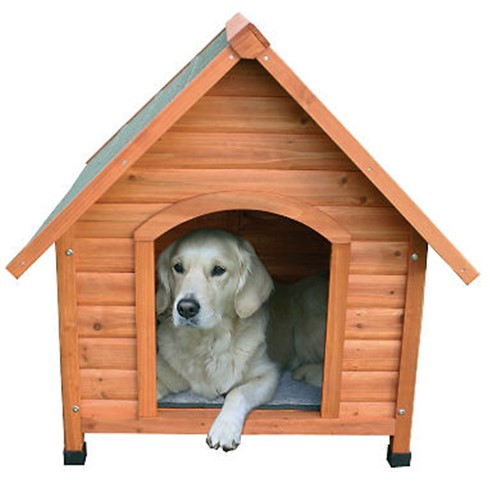
However, if the temperature drops low enough, even the most resilient and best-adapted dogs will be affected by inclement weather, which means that they will need to be offered warm shelter inside the garage or house!
If possible, limit the amount of baths your dog takes. Using soap damages the natural fat layer in the dog's skin, destroying its natural insulation and making it vulnerable to infections. If you need to bathe your dog, make sure to do it in the evening after the last walk of the day so that the animal does not have to go out into the cold with wet hair, and to allow the animal's temperature to stabilise after the bath. If your dog's coat is rough and requires trimming, it is a good idea to let it grow out during the winter and cut it only after the temperature increases.
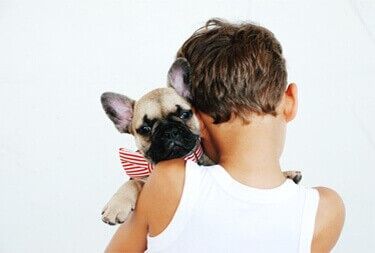
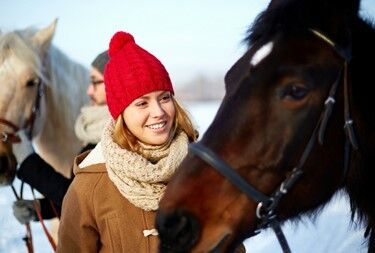

Marking animals with a microchip is the most durable, effective and completely safe method of quick and reliable identification. Every transponder (chip) has a unique number which enables instant identification of the animal and its owner, helping them reunite faster. However, it is important to remember that a chip is just a transponder with an encoded number. It is not a tracking device and contains no data about the animal or the owner! Therefore, in order to identify a chipped dog or cat, it is necessary that a microchip be registered in a national marked animal database...
Read moreIn today's world, responsibility for animal care has become not only a priority for their owners but also a societal issue. One of the most important tools in ensuring animal safety is the chip database. It allows for the quick and efficient recovery of lost pets, which is crucial for protecting their health and well-being.
The introduction of microchipping has significantly improved the effectiveness of efforts to locate lost animals, reducing stress for both owners and their four-legged friends. Registration in the chip database is increasingly required by local regulations, further highlighting the importance of this technology in ensuring comprehensive care for animals.